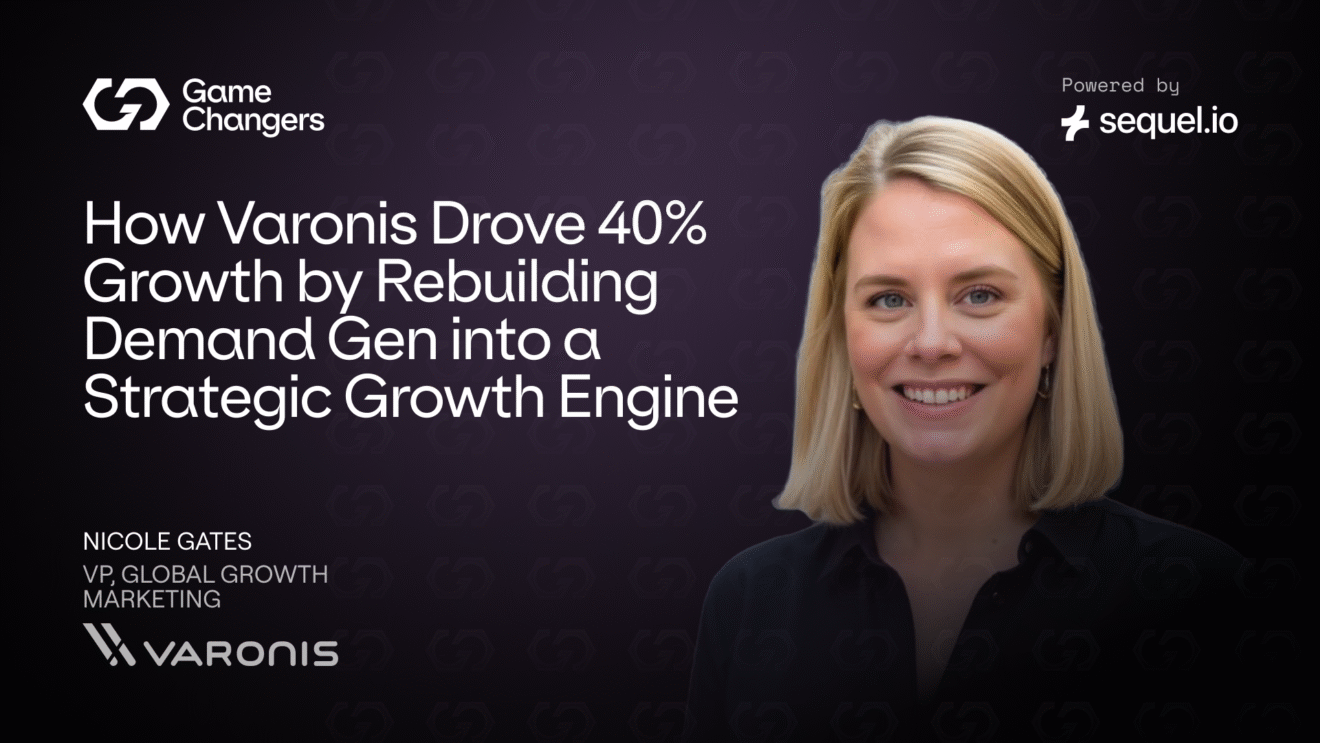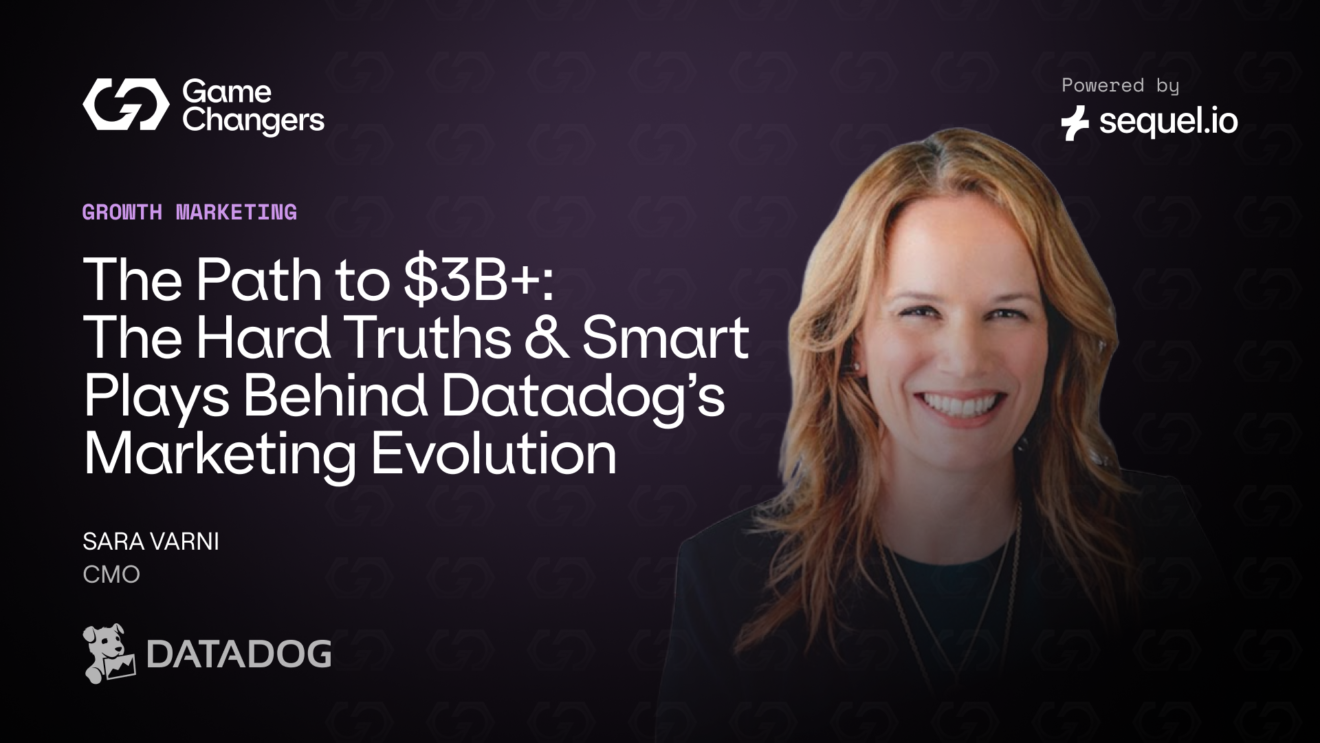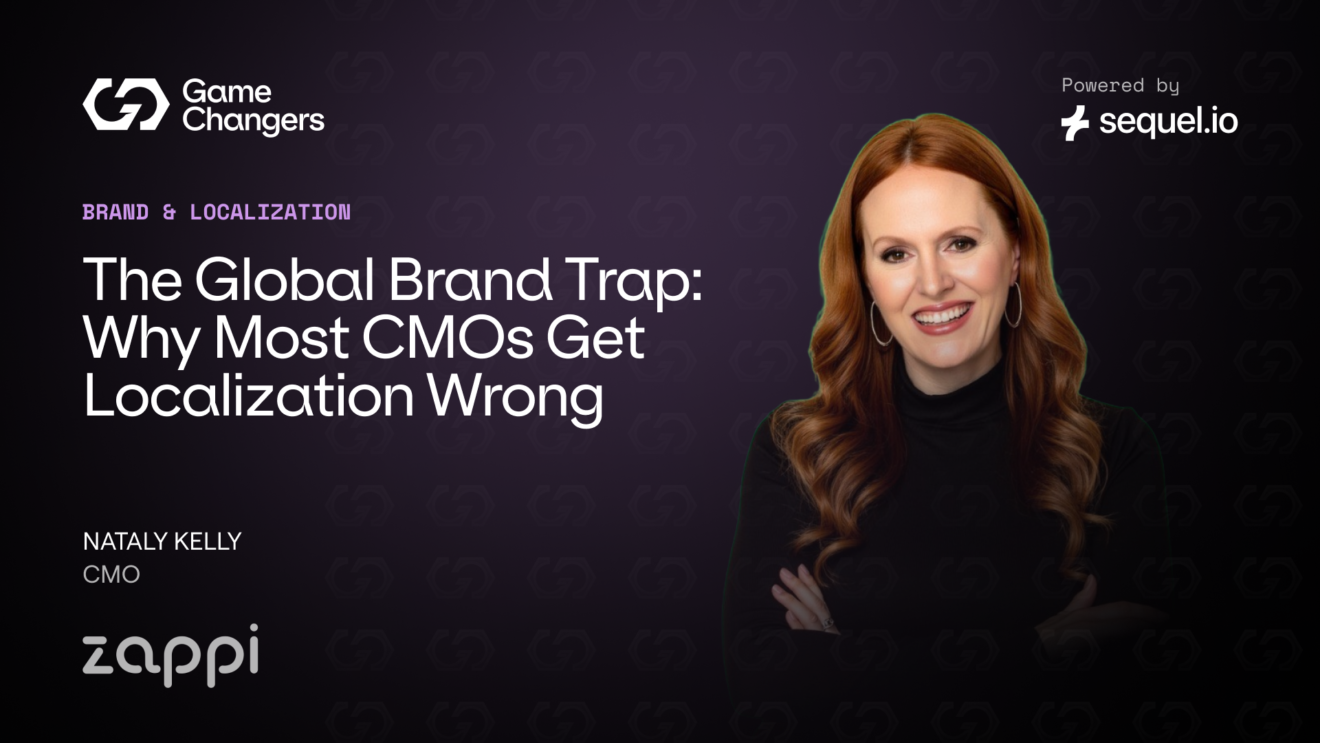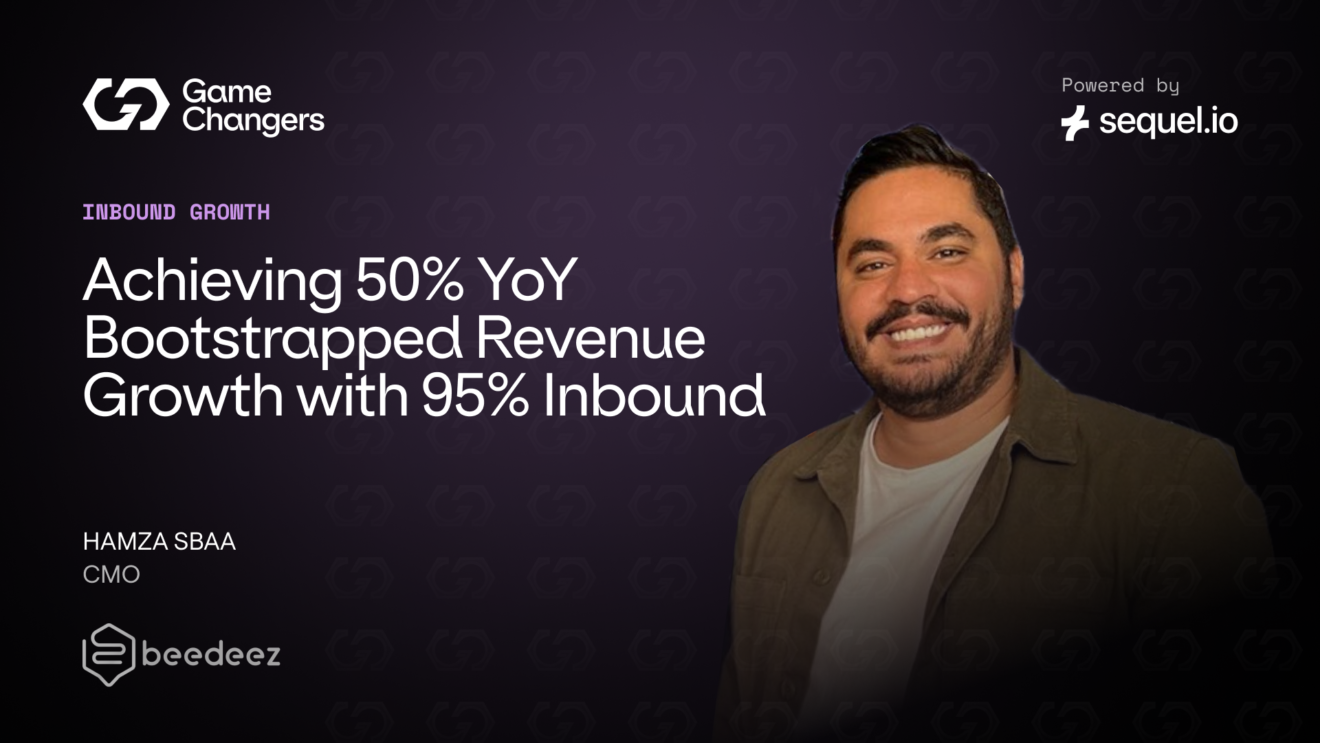The state of gated vs. ungated content with Jonathan, from the Juice
The debate of gated vs. ungated content has gone on for too long. Today, we’re going to settle it… and it might surprise you. Tune in to hear what the data is telling us and how to decide whether or not to gate your content.

Jonathan Gandolf, from The Juice, joined Oana Manolache, the founder and CEO of Sequel.io, on this week’s edition of ‘Game Changers’. Their discussion revolved around the crucial need for balance in content creation and its distribution, aiming to reach the right audience effectively to boost business revenue.
Gandolf believes that the resources dedicated to content creation should mirror well-defined success metrics. The crux of his message centered around the significance of creating content that is not only pertinent but also resonates with audiences and is appropriately distributed. This point was driven home with a real-life example where Spiff, a sales compensation tool, successfully closed two deals directly attributed to its insightful content, despite primarily aiming for brand awareness.
The conversation then delved into the question of whether content should be ‘gated’ or ‘un-gated’. Gandolf recommended a balanced approach, which should be contingent on the situation. Pivotal factors that companies should consider before gating content include its value-add to the reader’s experience, the inclusion of proprietary data, and its targeted funnel stage. Despite common practice among successful brands to gate less than 5% of their content, Gandolf argued that gating selections should ultimately be derived from the value it provides to the end users.
Several pivotal themes emerged during this discussion. The duo emphasized the importance of aligning content strategy closely with sales teams, tracking content journeys, and focusing on using proprietary data to help the audience enhance their job performance. Measuring the effectiveness of a non-gated content strategy, generating quality leads, the role of artificial intelligence (AI) in content creation and overcoming content overload were also key features of their conversation.
One standout takeaway from this insightful conversation was the efficiency of utilizing AI and aligning content more towards user needs. As part of their proposed 2022 experiment, Gandolf revealed that his preferred Key Performance Indicators (KPIs) are tracking Net Revenue Retention (NRR) on the brand side and Monthly Active Users on the user side. He also mentioned how they will revisit their previous experiment with field marketing having seen positive results in the past.
Overall, this exchange between Gandolf and Oana makes clear that a successful content strategy is hinged on a clear success metrics vision, strategic distribution, and choices about gating content based on the end user’s value provision.





